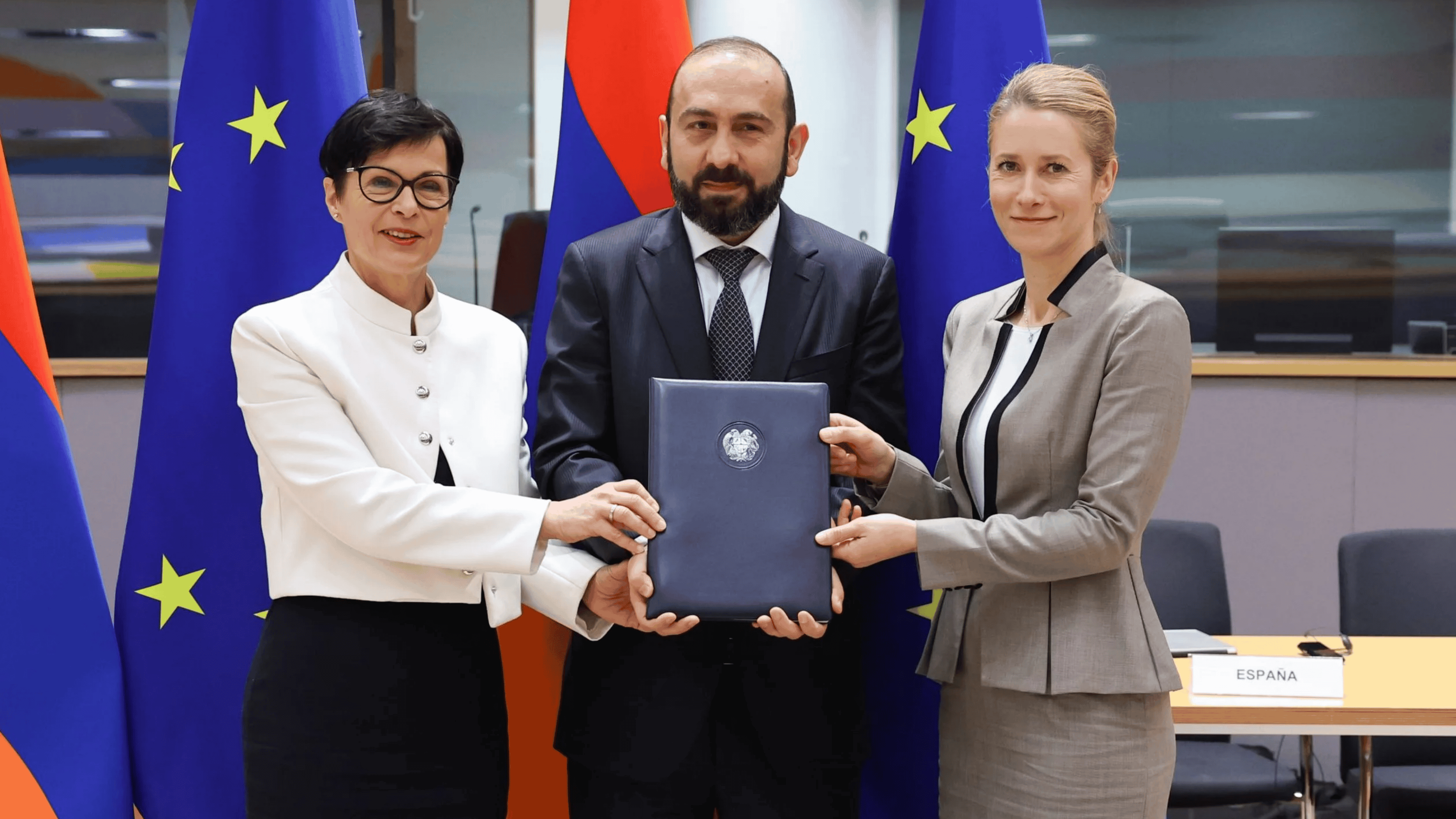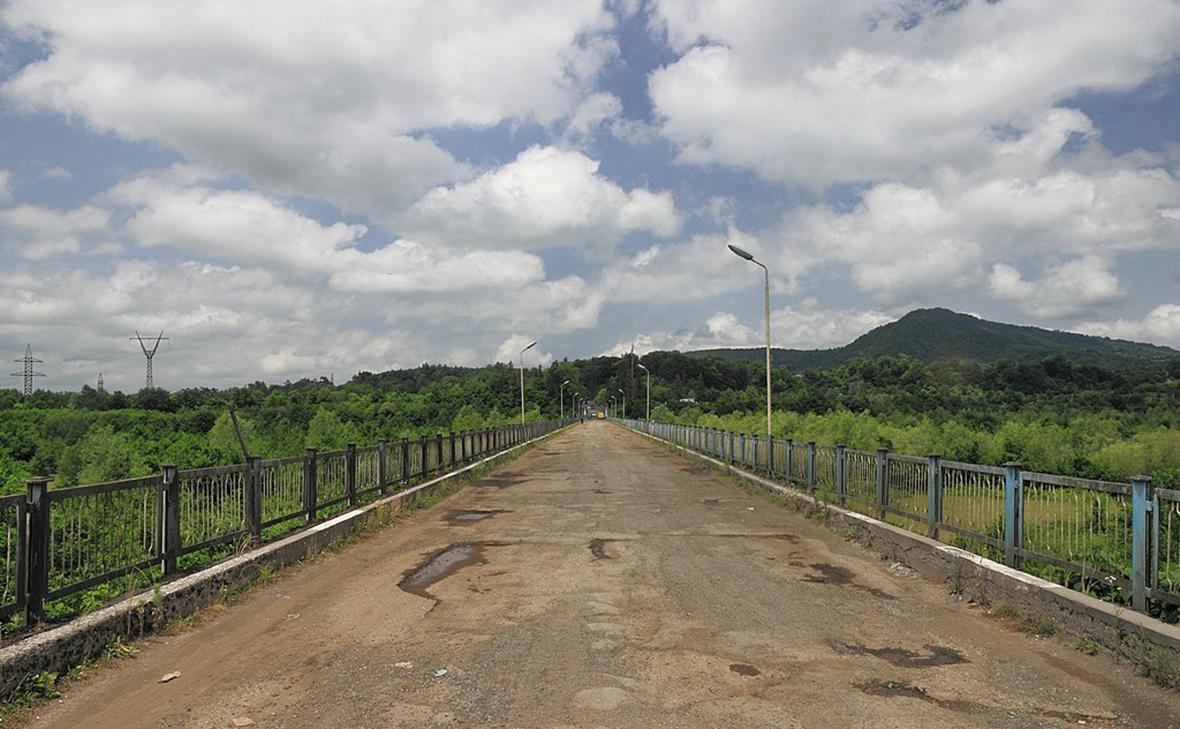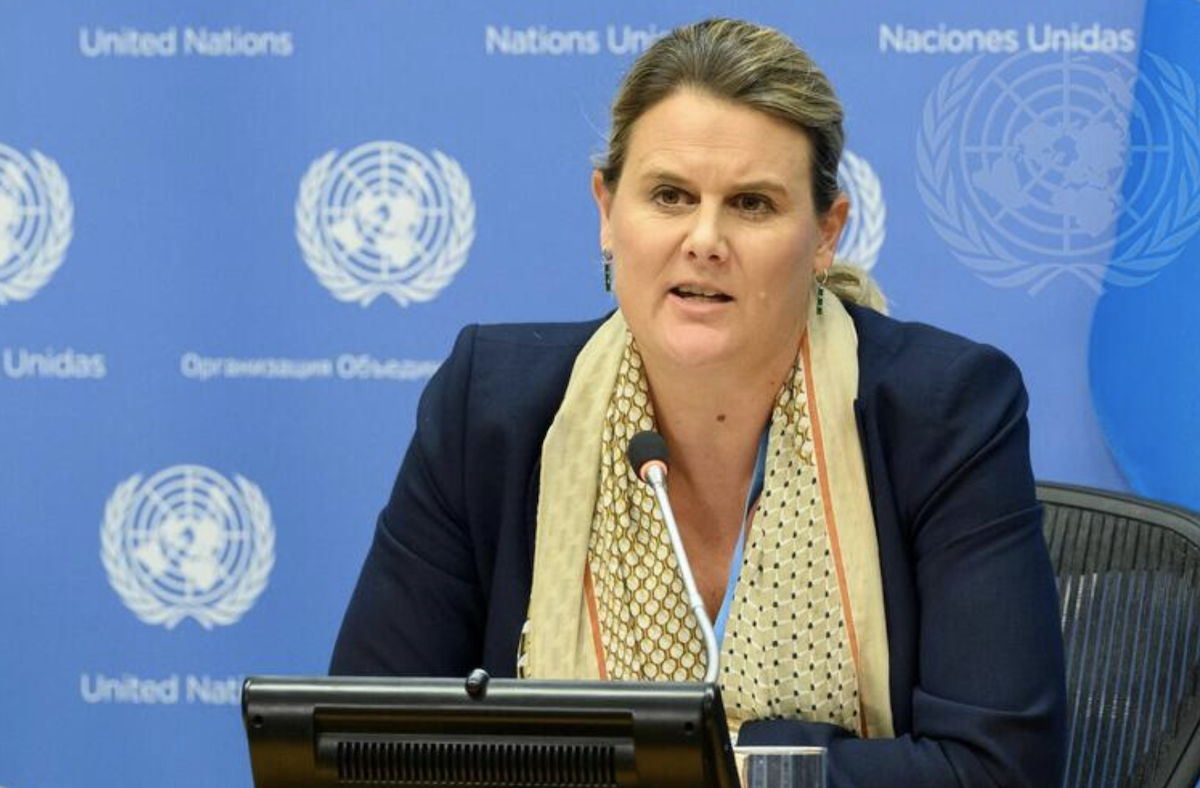Failed Air Defense
Armenia and Georgia, two neighboring countries that have chosen different regional security systems, can’t build their air defense system in accordance with their declared intentions.
After signing the Association Agreement with the EU, which took effect on July 1 this year, Georgia now tries to build its security in conformity with the Euro-Atlantic standards. Along with the opening of NATO’s Training and Evaluation Center in Georgia and conducting numerous joint exercises, Georgia, at a certain point, decided to shift its air defense onto the western riverbed.
Experts noted that the appearance of western anti-aircraft weapons in the South Caucasus might completely change the regional security system, which currently uses exclusively Russian-made anti-aircraft weapons. It’s no coincidence that Georgia’s attempts to purchase air defense weapons from the NATO member-states were strongly resisted not only by Russia, but also by certain forces within Georgia itself. The attempts to create a NATO-standard air defense in Georgia resulted in the dismissal of then-Defense Minister, Irakli Alasania, from his post.
Tina Khidasheli, an incumbent Defence Minister, claims she will make maximum efforts to implement Georgia’s intentions and equip its army with western-style air defense weapons.
According to the Minister, France is going to provide Georgia with technical components for its Air Defense System. The anti-missile systems are expected to be delivered in January 2017. It must be noted that in 2015, Tbilisi signed a contract on the delivery of French ground surveillance radars and missile systems. The Georgian Defense Ministry signed the first contract with the French-American Thales Ray Systems (TRS) and the second contract was formalized with the French company, MBDA.
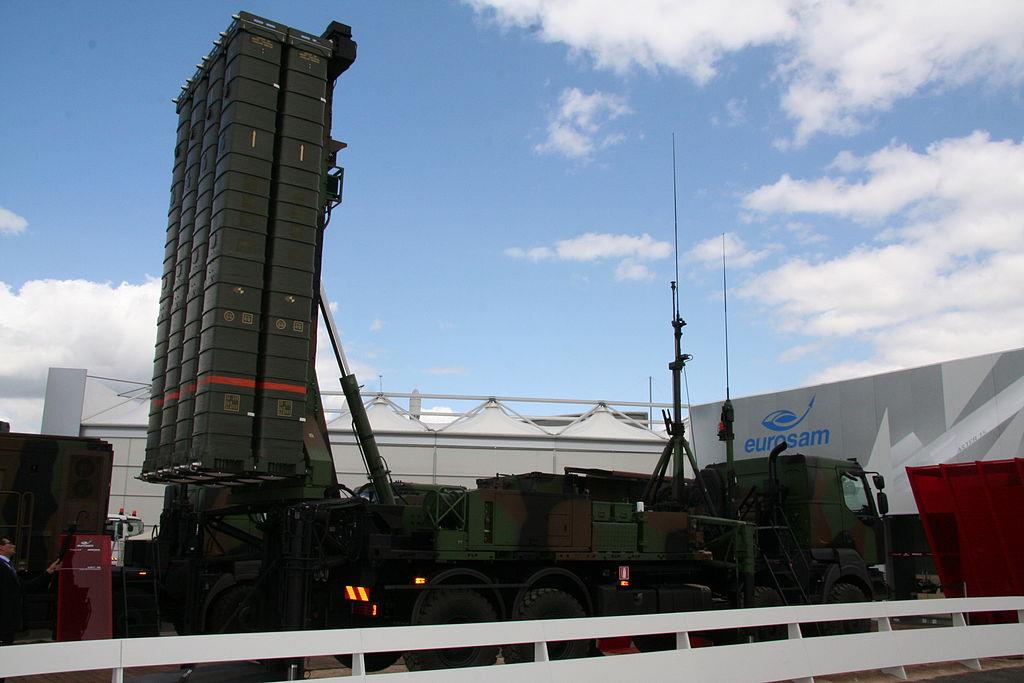 wikipedia
wikipedia
People in Georgia are still doubtful that the French missile defense systems will be brought to the South Caucasus. Many experts think that the politicians who sustain ties with Russia, including Georgia’s unofficial ‘ruler’, Bidzina Ivanishvili, will torpedo the deal.
However, the NATO Summit in Warsaw (scheduled for July 8-9), where Georgia may be awarded a new assistance program, may radically change the situation. Georgia will be declared a Euro-Atlantic partner-country and the visit of the U.S. Secretary of State, John Kerry, to Tbilisi on July 6, testifies to this.
It is worth mentioning that Russia has launched the process of ‘privatization’ of the Armenian Air Defense System in parallel with Georgia’s procurement of the missile defense systems. These two processes are somehow interdependent and affect each other. The experts refrain from making any assessments, but Russia is apparently ‘mending its sails’ (edit. as the saying goes: mend your sails while the weather is fine) in case that the French missile defense systems are brought in Georgia and after Tbilisi is declared as a NATO member candidate.
However, Moscow’s attempts to unify the Armenian and Russian air defense systems, or, to be more precise, to gain control over Armenia’s air defense weapons, had been tough on it. Although the agreement on the formation of the joint Air Defense Group was signed in December 2015, the Armenian Parliament had a lot of trouble ratifying the agreement in June 2016.
Numerous warnings were voiced in the Parliament that Armenia would be deprived of the chance to control its air space in case the Karabakh conflict were to escalate. In the end, those arguments did not affect the situation and 102 out of 131 MPs voted for unification of the Armenian and Russian air defense systems. Only 8 MPs voted ‘against’.
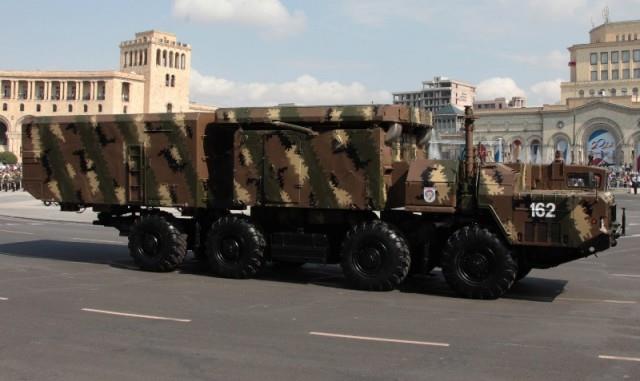 militaryphotos.net
militaryphotos.net
Russian and some Armenian experts previously tried to point to the benefits of unification of the Armenian and Russian air defense systems, noting that Yerevan would be able to make use of the Russian air defense reconnaissance. Other experts termed those arguments ridiculous.
Hakob Badalyan, a Lragir.am newspaper columnist, thinks that the separation lines between Armenia and Georgia have a tendency to become more profound because the two countries have chosen different allies. In his words, the expansion of the separation lines is fraught with undesirable developments on the Armenian-Georgian border.
 militaryphotos.net
militaryphotos.net
Armenian experts are well-aware of the fact that Armenia is in range of the firing ground of Russian regional policy, as well as of the risk of Georgia becoming ‘an enemy.’ There were even the protest rallies against the formation of the joint Russian-Armenian air defense system, held in Yerevan ahead of ratification of the agreement. The reports that the Russian side would manage the agency in charge of regulation of the Armenian air defence issues, stirred up particular protest.
The Foreign Ministers’ Council of the Collective Security Treaty Organization (CSTO) held a session in Yerevan on July 4. The CSTO development iniative, to be in effect until 2025, was approved at the session. This may or may not be endorsed at the CSTO Summit, to be held in Yerevan in October this year. RF President, Vladimir Putin, is expected to participate in the Summit. Viktor Vasilyev, the Russian representative to the CSTO, noted that NATO might be recognized as a threat to the CSTO.
Russia, in turn, may be declared a threat for the Alliance at the NATO summit on July 8-9. This means only Russia and not the CSTO. However, Yerevan is apparently ready to become an enemy to the North-Atlantic Alliance together with Russia. And that means that the two neighboring countries, Armenia and Georgia, may find themselves on different sides of the barricades.
Published: 07.07.2016














